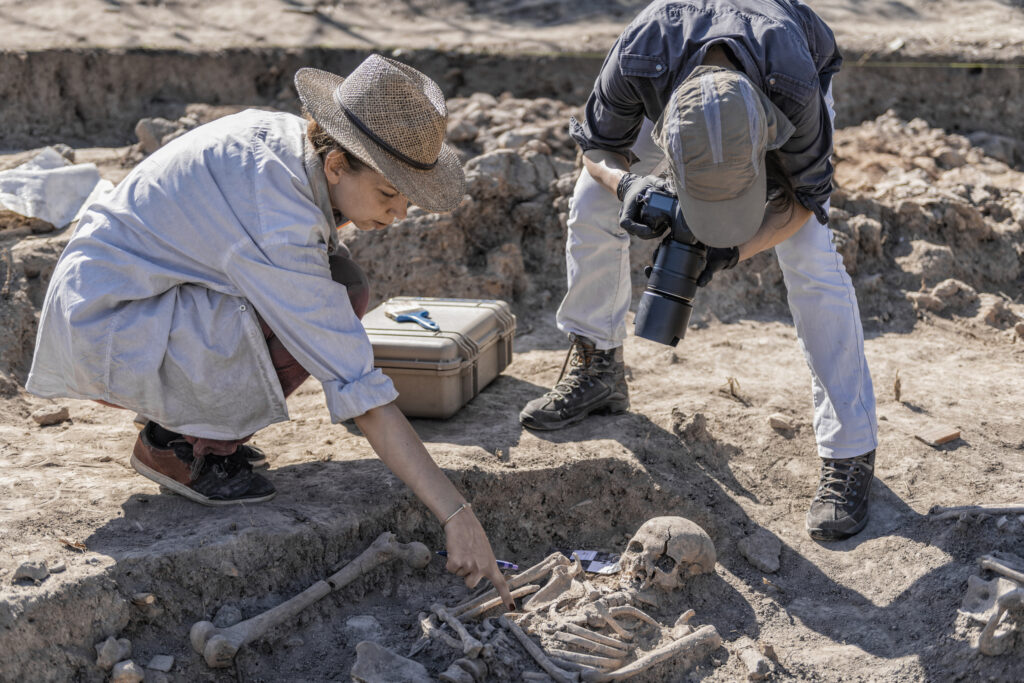Implant history

Are dental implants the latest invention of scientists or are they still an invention of our ancient ancestors?
Did you know that around 2500 BC, ancient Egyptians tried to strengthen decaying teeth with gold ligature wire! Around 500 BC, the Etruscan tribes used human and animal teeth as dentures and filled them. holes in their teeth with gold plates. They also made dentures from ox bones. Around the same time, the Phoenicians used gold wire to strengthen their teeth. And as early as 300 AD, these advanced peoples were using carved ivory implants that were held together with gold wire to create a fixed bridge. The Mayans used pieces of seashells as dentures to replace their lower teeth. In X-rays of the Mayan lower jaws taken in the 1970s, scientists found solid bone growing around the implants. This was very similar to how bone grows around the post of a modern denture.


Stages
Middle Ages and Renaissance
From the 16th to the 19th century, the problem of dentures in Europe was solved in a non-trivial way - the necessary teeth were simply extracted from the jaws of the deceased and replaced with the missing ones in the patient. In the 18th century, Dr. John Hunter observed and described in detail the anatomy of the oral cavity and jaws of the deceased. Transplanting teeth from one person to another was also his idea. Hunter's experiment involved implanting an underdeveloped tooth into the bone. As a result of the experiment, the tooth was firmly embedded in the bone and blood vessels grew directly into the pulp of the tooth.
19th century
In the 19th century, damaged teeth were restored in Europe using various substances – silver capsules, fluted porcelain and iridium tubes. In 1806, the mineral tooth was invented – a discovery that has great significance for the future development of implantology. Its main achievement was the idea of manufacturing single artificial teeth that can be implanted directly into the “socket” using platinum hooks that meet aesthetic and functional requirements, as well as being chemically resistant.
20th century 1900-1930
In the 1930s, brothers Alvin and Moses Strok experimented with screws made of a chromium-cobalt alloy. They watched doctors successfully place similar implants in the femur, and began to perform similar operations themselves to restore individual teeth. Such pins provided a fixation and support for replacing a lost tooth. The Strok brothers are believed to have been the first to successfully place an intraosseous implant.
In the 1940s, the “father of modern implantology” Formigine and Zepponi developed the Endoosseous Implant in the form of a spiral made of stainless steel, which allows the fusion of bone and metal. Dr. Peron Andrés from Spain modified the spiral design of the Formigine denture,
In Sweden, the invention was met negatively by the dental community, but in the USA, on the contrary, this idea found wide support and was recognized by many famous specialists. This idea was developed by other doctors.
In the 1970s, dentures took on their familiar appearance. Of course, over the following decades, the original dental implant underwent a number of improvements in structure and design, but it was always based on the same principle.
Modernity
Dental implants have proven themselves as a truly suitable replacement for missing teeth since the 1970s. Zirconium dioxide began to be used in the manufacture of dentures. This material was chosen because of its close location in the periodic table to titanium. In addition, zirconium dioxide has similar biocompatibility properties to titanium. For the last 15 years, crowns and dentures have been made from this material.
Modern dental implants consist of a rough titanium alloy screw. The rough surface is necessary for successful bonding with human bone. This titanium screw is attached to the place in the jaw where the tooth used to be, and then a healing period begins. After the screw grows into the jaw, a crown is attached on top of it.
Implantology continues to evolve under the influence of technological capabilities. In 2015, researchers developed a process for creating implants and brackets on a 3D printer. The basis for creating these implants is a material that kills almost 99% of all bacteria in the oral cavity. Quaternary ammonium salts are used in its production. Since they are positively charged, they destroy negatively charged bacterial membranes, which leads to their death.
New generation implants fuse with the jaw, which ensures their natural and comfortable wearing. For successful installation of a denture, healthy gums, strong jawbone and careful oral hygiene (!) are necessary.
If you are missing a tooth or several teeth, do not delay, modern dentistry solves this problem quickly and painlessly. The procedure for placing a dental implant itself takes less than an hour!
Join us 😘
Be the nextHappy Patient
We have already helped hundreds of patients restore dental health and a beautiful smile. Your perfect smile is closer than you think. Let's create it together!






